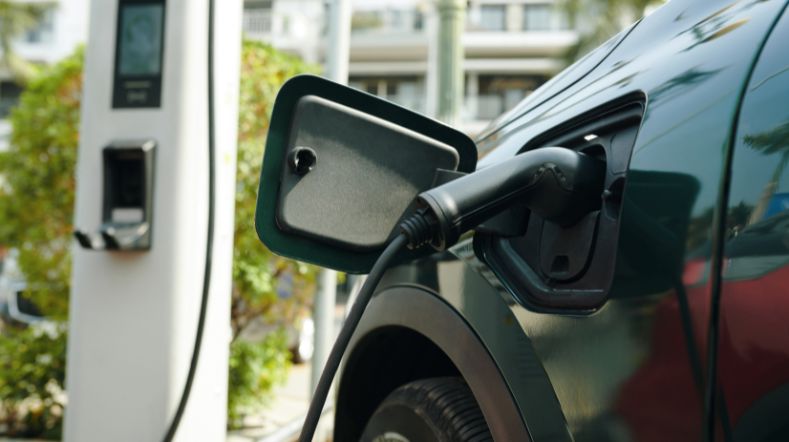
Geothermal energy: sustainable heat from the subsurface
The Netherlands sits on a treasure trove of geothermal energy that can heat millions of homes. Geothermal energy delivers reliable, local heat with minimal CO₂ emissions, making it essential for the energy transition. TNO combines research, technical innovation and policy expertise to make geothermal energy safer, more efficient and more widely applicable.
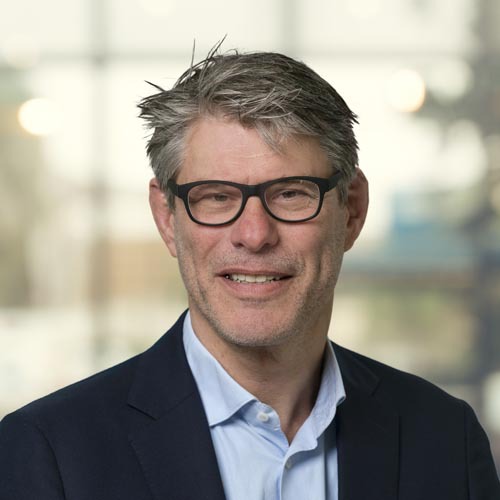
'We take an integrated approach to heat systems – from household to sources, storage and transport.'
The challenge: heating without natural gas
Nearly 7 million homes in the Netherlands must transition away from natural gas by 2050. Heat accounts for approximately 41% of our total energy consumption. Due to its unique properties, geothermal energy is highly complementary to other renewable energy sources (e.g. solar, wind), while the Dutch subsurface is in general very suitable for geothermal energy development.
Maarten Bijl, business developer geo-energy: ‘TNO offers knowledge about subsurface drilling and production technology and helps developing it. We also develop system integration tools to reduce exploration and development risks.
This enhances cost effectiveness and increases reliability of geothermal energy. In addition, we also take an integrated approach to heat systems – from household to sources, storage and transport.’
The advantages of geothermal energy
Geothermal energy stands out through unique characteristics:
- It provides constant heat regardless of seasons or weather
- A single installation can provide heating for up to 10,000 households
- It is locally available across large parts of the Netherlands
- It emits significantly less CO₂ compared to natural gas
- The use of geothermal energy can reduce grid congestion, an increasing problem in the Netherlands
With currently over 30 operational installations, the potential is enormous.
How does geothermal energy work?
Geothermal energy, or earth heat, harnesses the natural heat present deep in the earth. Temperature increases by approximately 30°C per kilometre depth. At around 2 kilometres depth – where most Dutch geothermal projects operate – the water is approximately 70°C.
Existing systems work mostly via a doublet: two wells that together form a closed circuit:
- The production well pumps warm water from porous rock layers (aquifers) to the surface
- Above ground, heat exchangers transfer the heat to the heating network
- The cooled water (approximately 30°C) returns via the injection well to the same underground layer
- In the earth, this water naturally heats up again
This closed circuit prevents the produced and injected water from coming into contact with shallow groundwater and the environment. A geothermal installation takes up approximately 30 by 30 metres above ground.
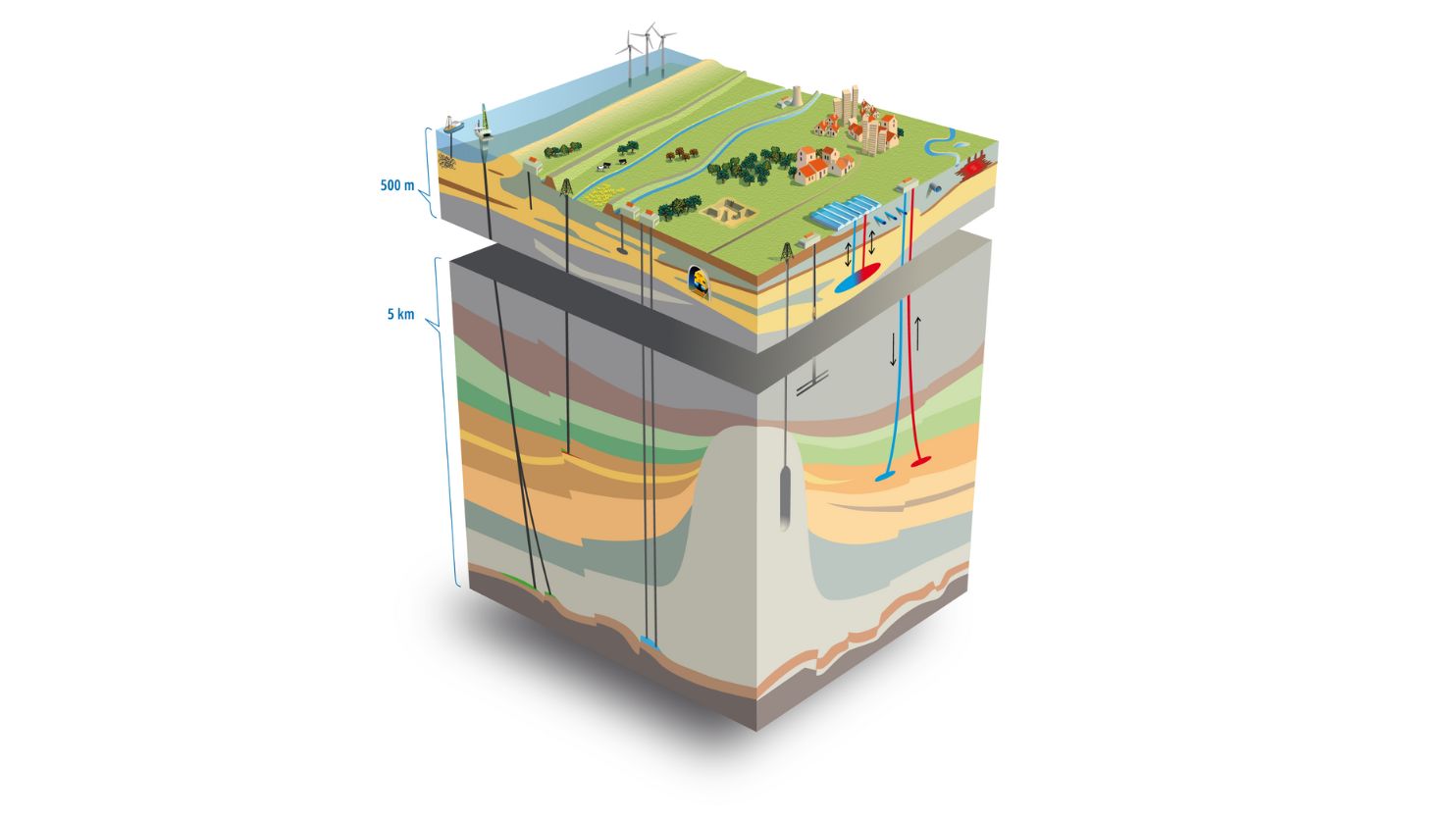
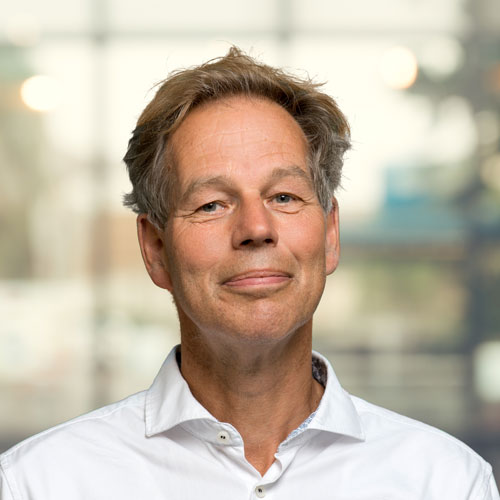
‘We have a goldmine of publicly available data from deep wells, seismic profiles and drill cores. By using this wisely, we can identify the most promising sources for geothermal energy.'
Challenges in geothermal energy
‘Challenges involve geological uncertainties affecting the energy output of the geothermal installation, the capture of methane and CO₂ from the deep subsurface and the longevity of the installation and its components,’ says Maarten Bijl. ‘Due to the high initial investment costs and the high energy output, sufficient offtake often needs to be contracted in an early stage of development, which can be a challenge.”
Jan Diederik van Wees, principal scientist applied geosciences adds: ‘We have a goldmine of publicly available data from deep wells, seismic profiles and drill cores. By using this wisely, we can identify the most promising sources for geothermal energy.
TNO's approach: from subsurface to surface
To find solutions for these challenges we support partners throughout the complete development process of geothermal energy, from initial exploration to operational phase.
TNO unlocks subsurface information based on a wealth of data from thousands of wells and seismic surveys from decades of hydrocarbon exploration and production. With EBN we are involved in the SCAN program to acquire new subsurface data, especially aimed at geothermal development in areas where subsurface data density is low. This information system helps identify suitable drilling locations and de-risk geothermal energy development.
This data is presented in ThermoGIS, which maps the potential for geothermal energy in the Dutch subsurface and provides a first assessment of geothermal options in the development of durable energy systems.
Open-source software tools like DoubletCalc and ROSIM (Tools | NLOG) help to design doublets and optimize well architecture.
In the Rijswijk Centre for Sustainable Geo-energy (RCSG), we test new drilling techniques under realistic conditions. A concrete example is the DEPLOI project with Dutch company Canopus, where we develop the "steel shot drilling technique" for more efficient drilling.
Pejman Shoeibi Omrani, senior scientist digitalization and AI at TNO adds about TNO’s solutions: ‘Our Digital Twin Gemini provides real-time monitoring of geothermal installations. This tool helps operators such as HVC and Gaia Energy:
- Predict when critical equipment, such as pumps and heat exchangers, need to be maintained or replaced
- Monitor equipment for efficiency and unwanted processes such as scaling and corrosion in geothermal plants
- Prevent unplanned downtime
- Integrate advanced modelling approaches
We also develop advanced data-sharing initiatives such as the Geo4all project, where operators can share data anonymously for collective learning without revealing confidential information. We think AI and Digitalization are key enablers to unlock geothermal energy’s full potential.'
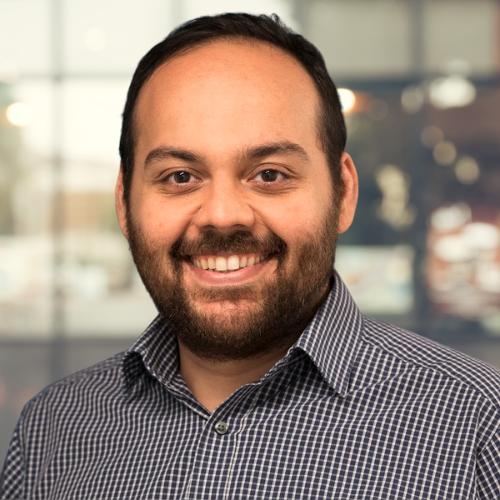
'AI and Digitalization are key enablers to unlock geothermal energy’s full potential.'
Scaling up geothermal energy
With dozens of geothermal wells drilled in the Netherlands in the last 20 years, TNO has gained considerable experience already. New technological breakthroughs give us new opportunities to scale up these systems:
- Ultra-deep geothermal energy (deeper than 4 kilometres) delivers higher temperatures suitable for industry
- Next-generation shallow geothermal systems unlock heat potential in formations previously considered unsuitable
- Closed-loop systems give possibilities in areas with complex subsurface conditions
- Artificial intelligence and digitalization helps with better prediction of heat potential and they support the design and operation of geothermal systems
The SCAN programme is already delivering concrete results. The publicly available data significantly reduces risks for investors. This translates into projects such as Haagse Aardwarmte Leyweg, where local heat production sustainably heats entire neighbourhoods.
Collaborating with TNO on geothermal energy
As an independent knowledge partner, TNO bridges fundamental research and practical application. We collaborate with municipalities on heat transition plans, with geothermal operators on safer projects, and with network operators on optimal system integration. Our open tools and data are available to the entire sector.
Curious about the possibilities of geothermal energy in your region? Get in touch.
Want to know more about sustainable heat?
- Discover how heat storage enables seasonal balancing
- Read about system integration for optimal deployment of heat sources
- Visit the heat overview page for the complete picture
Get inspired
The energy system of the future


Grid congestion
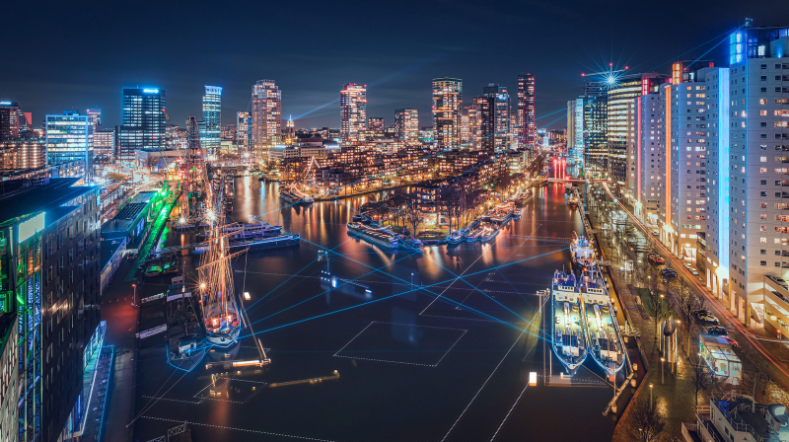

TNO–SodM–NIOZ: ‘Methane emissions in the North Sea often linked to shallow natural gas’


Smart networks for a future-proof energy system
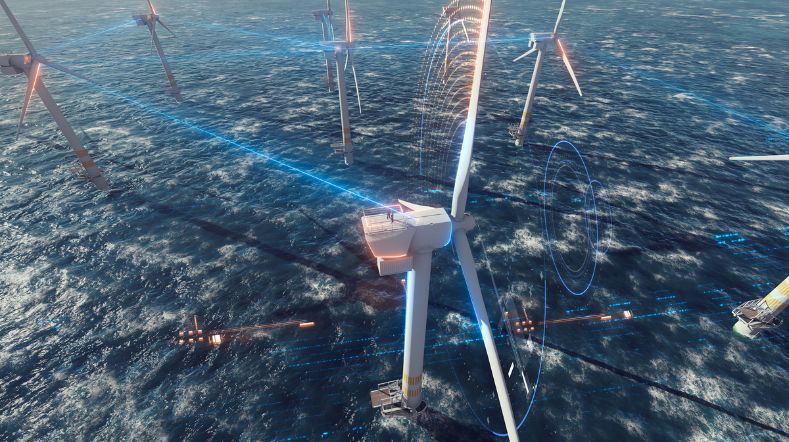

Queue on the power grid could slow down the mobility transition
